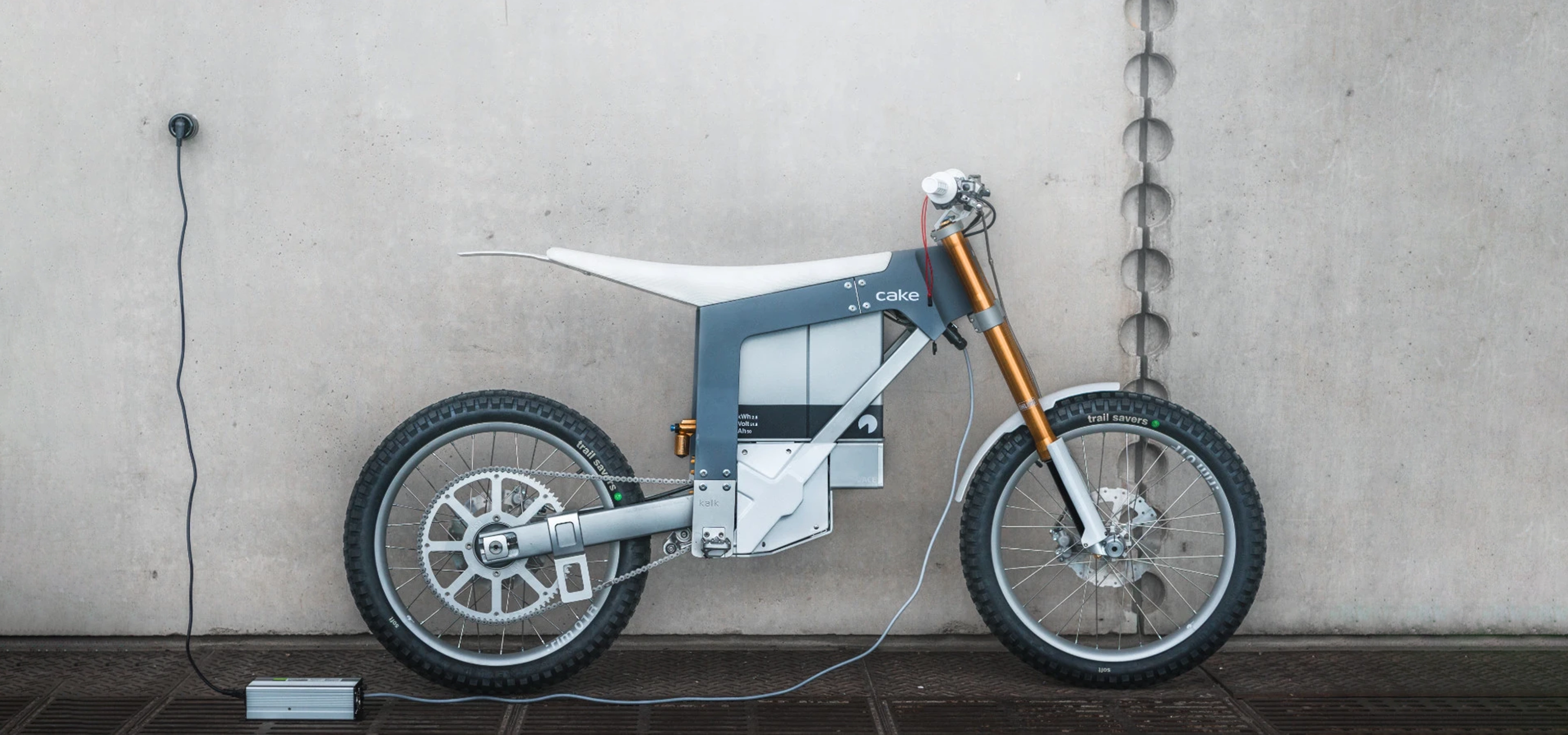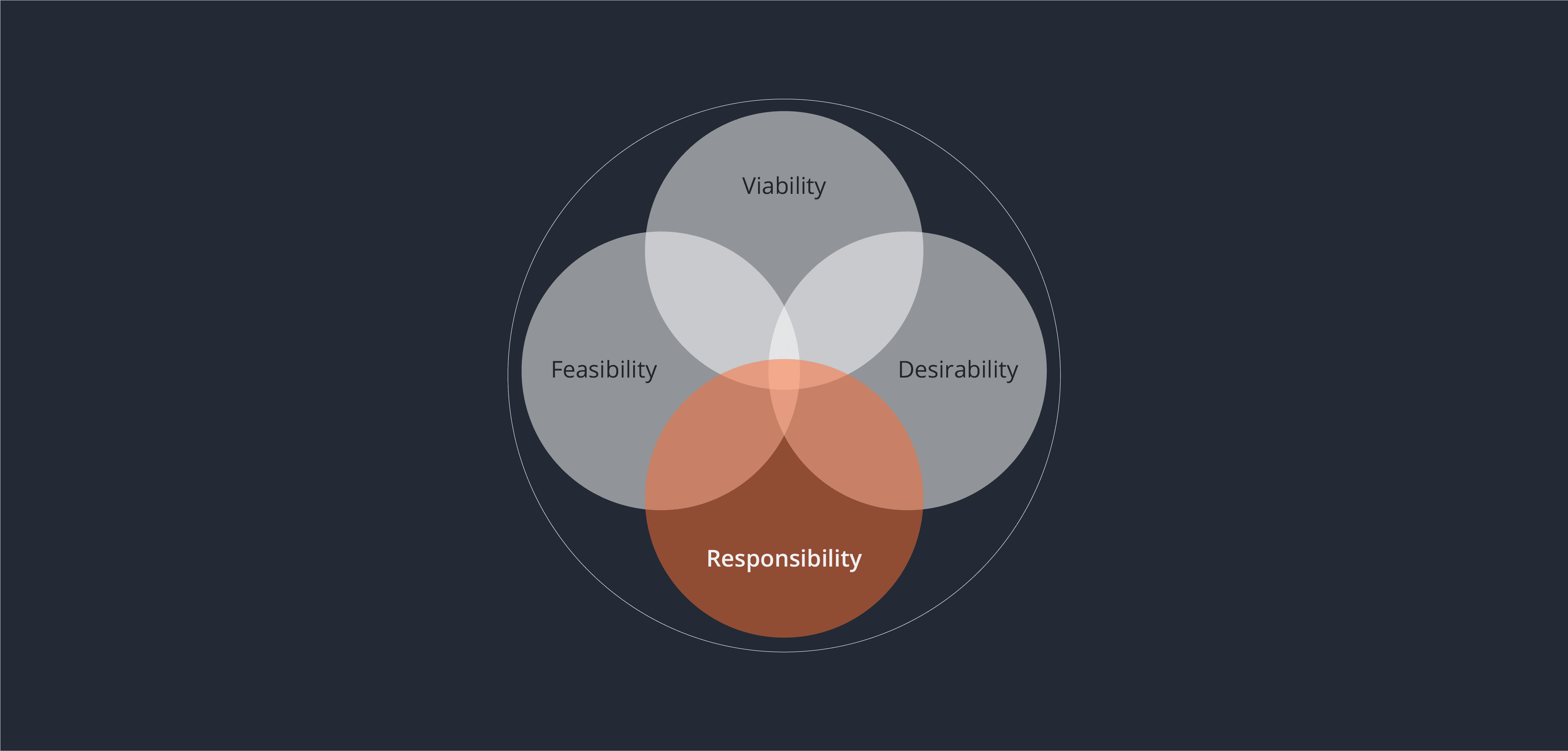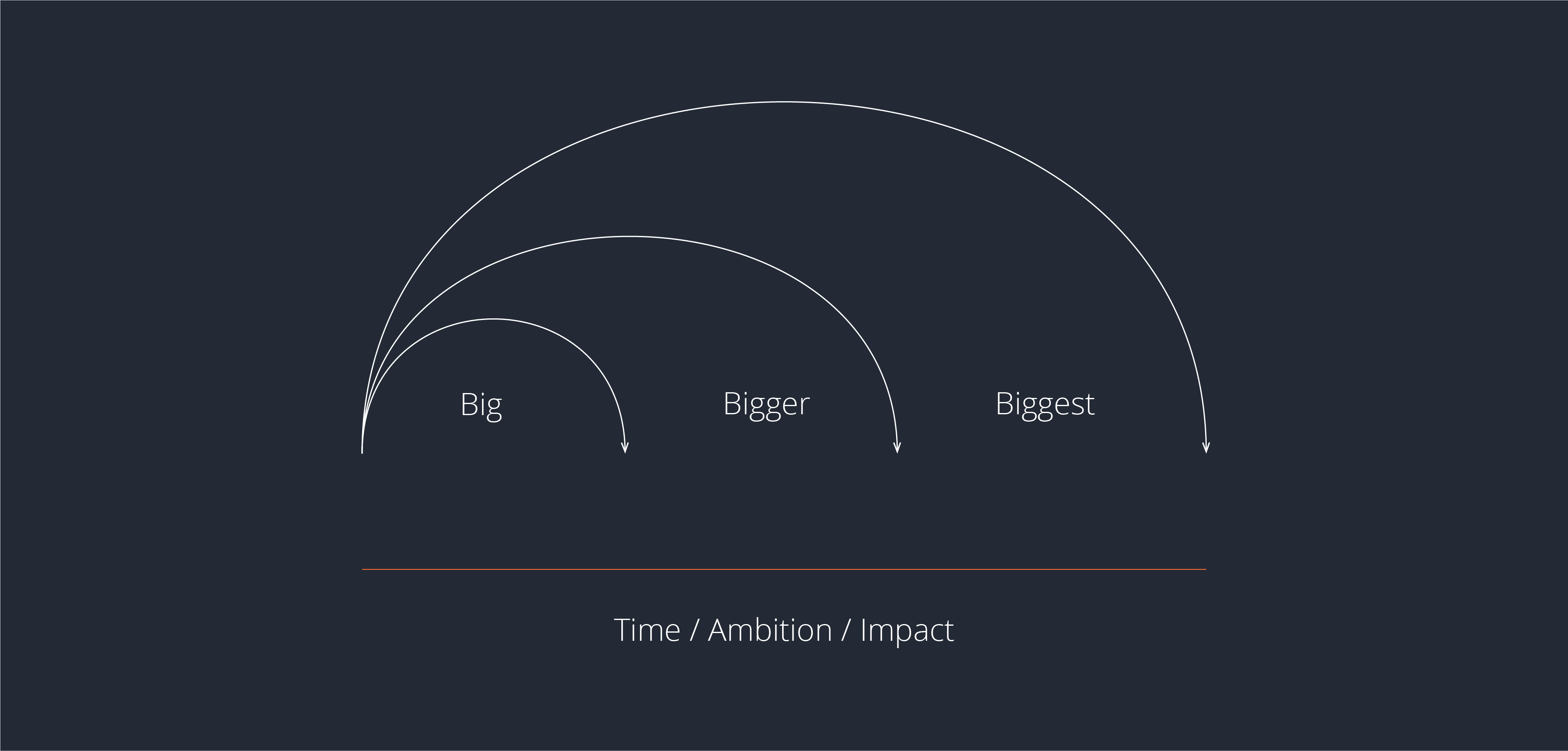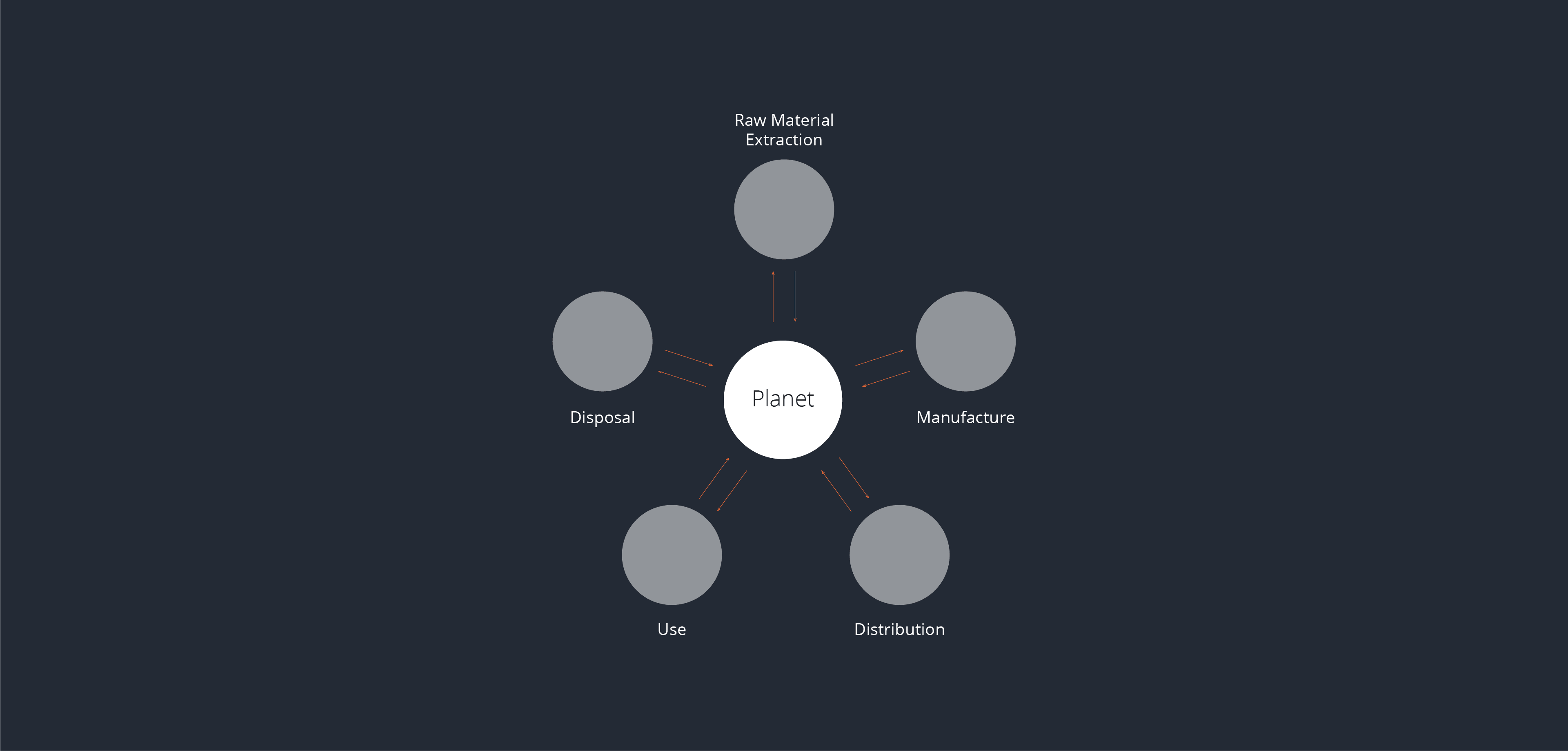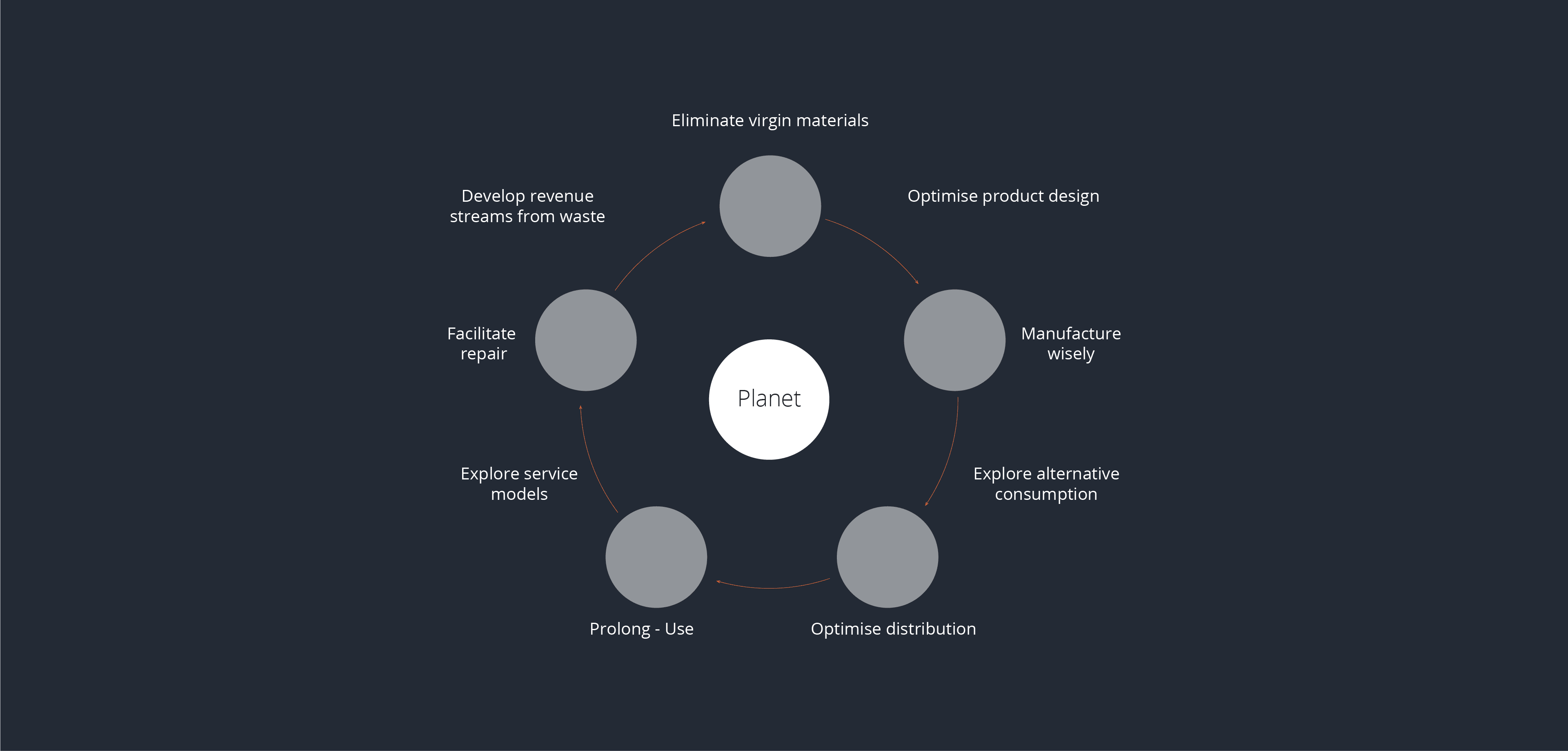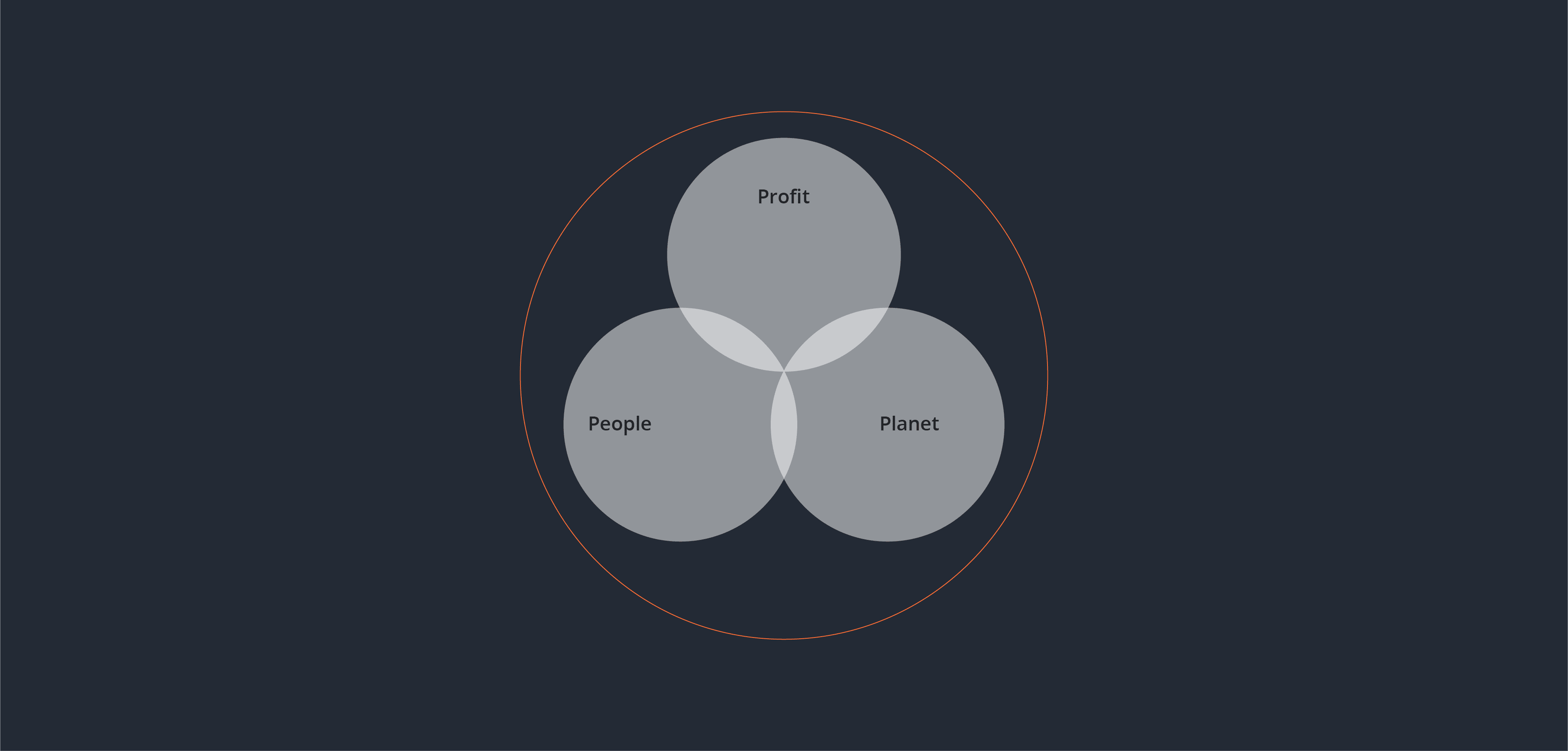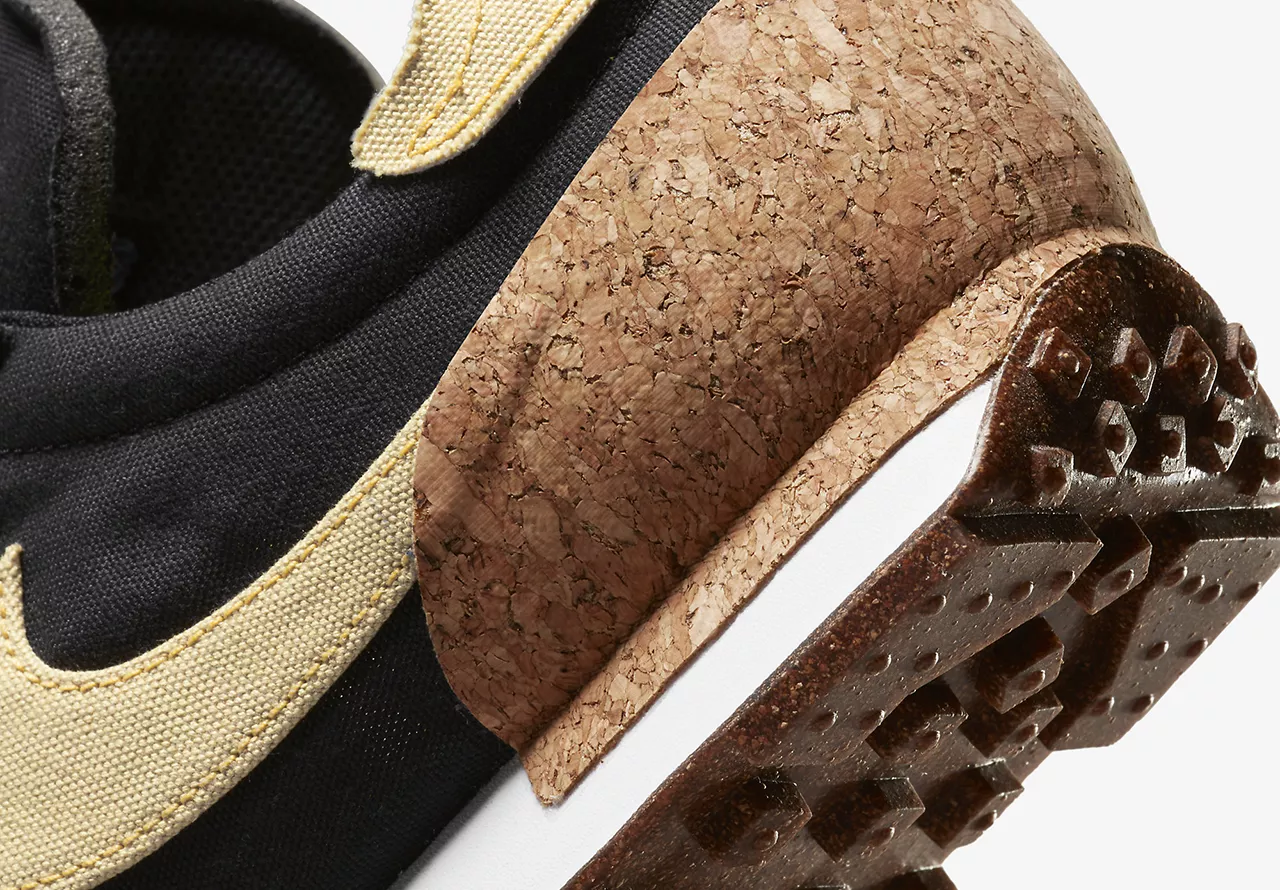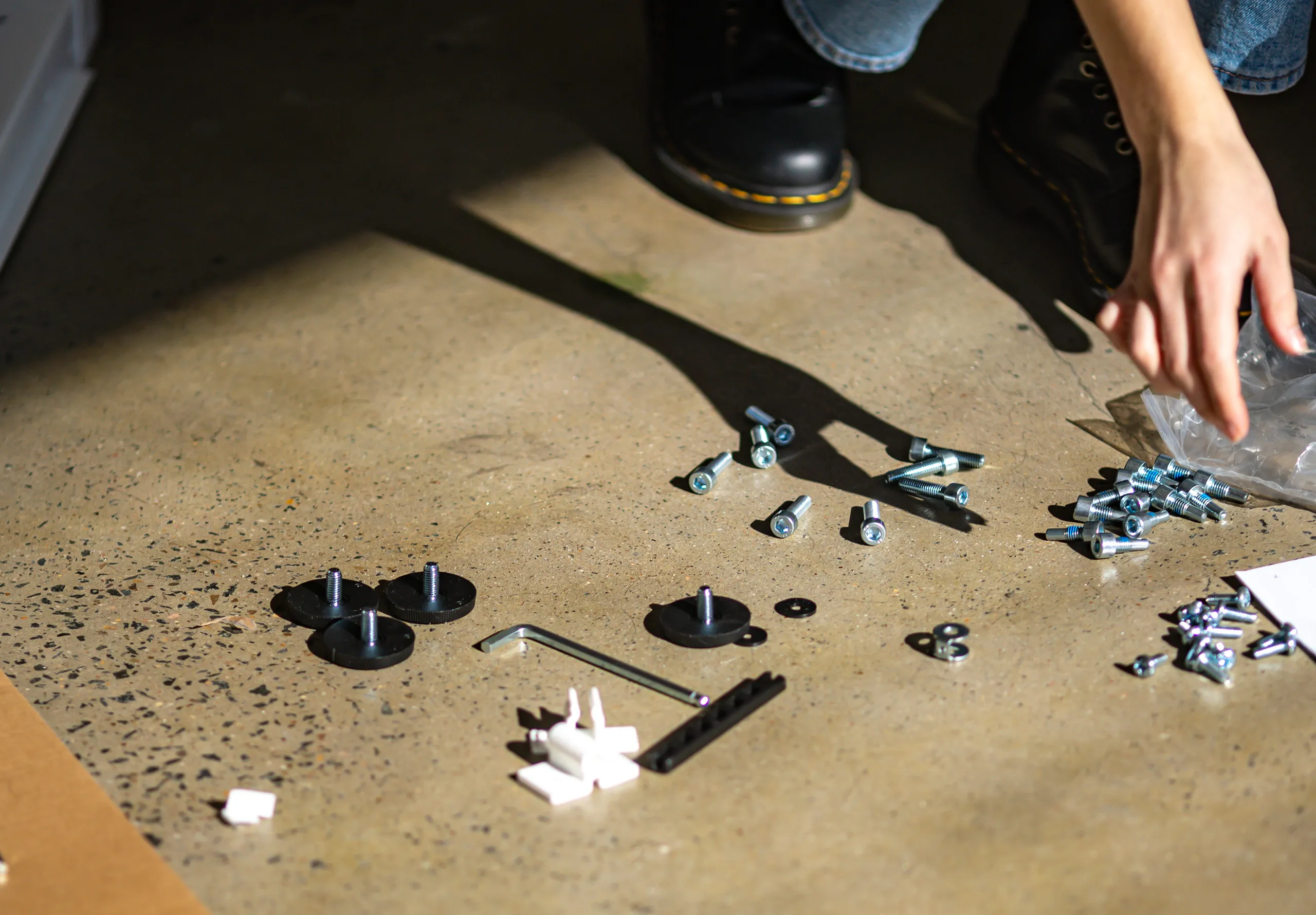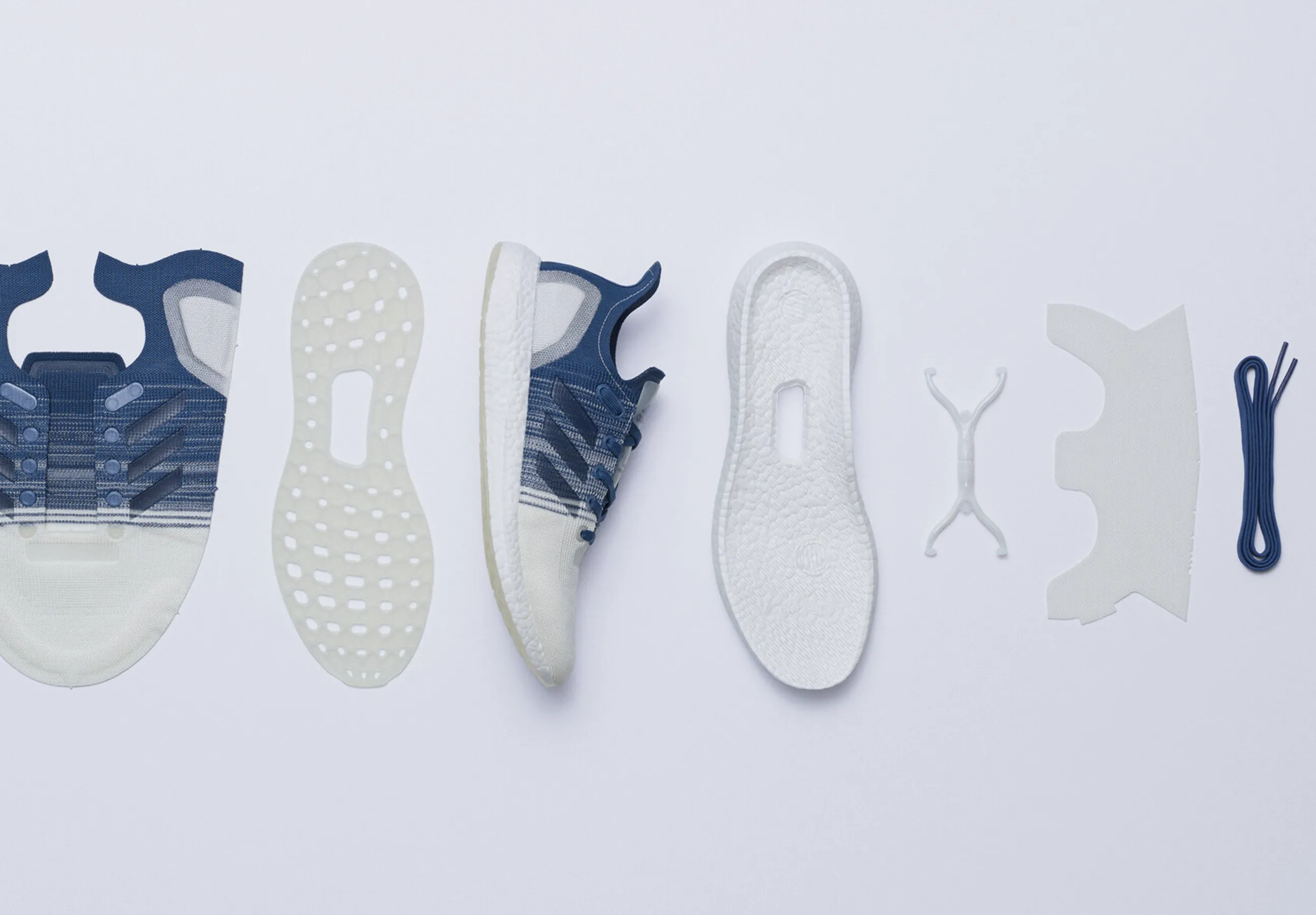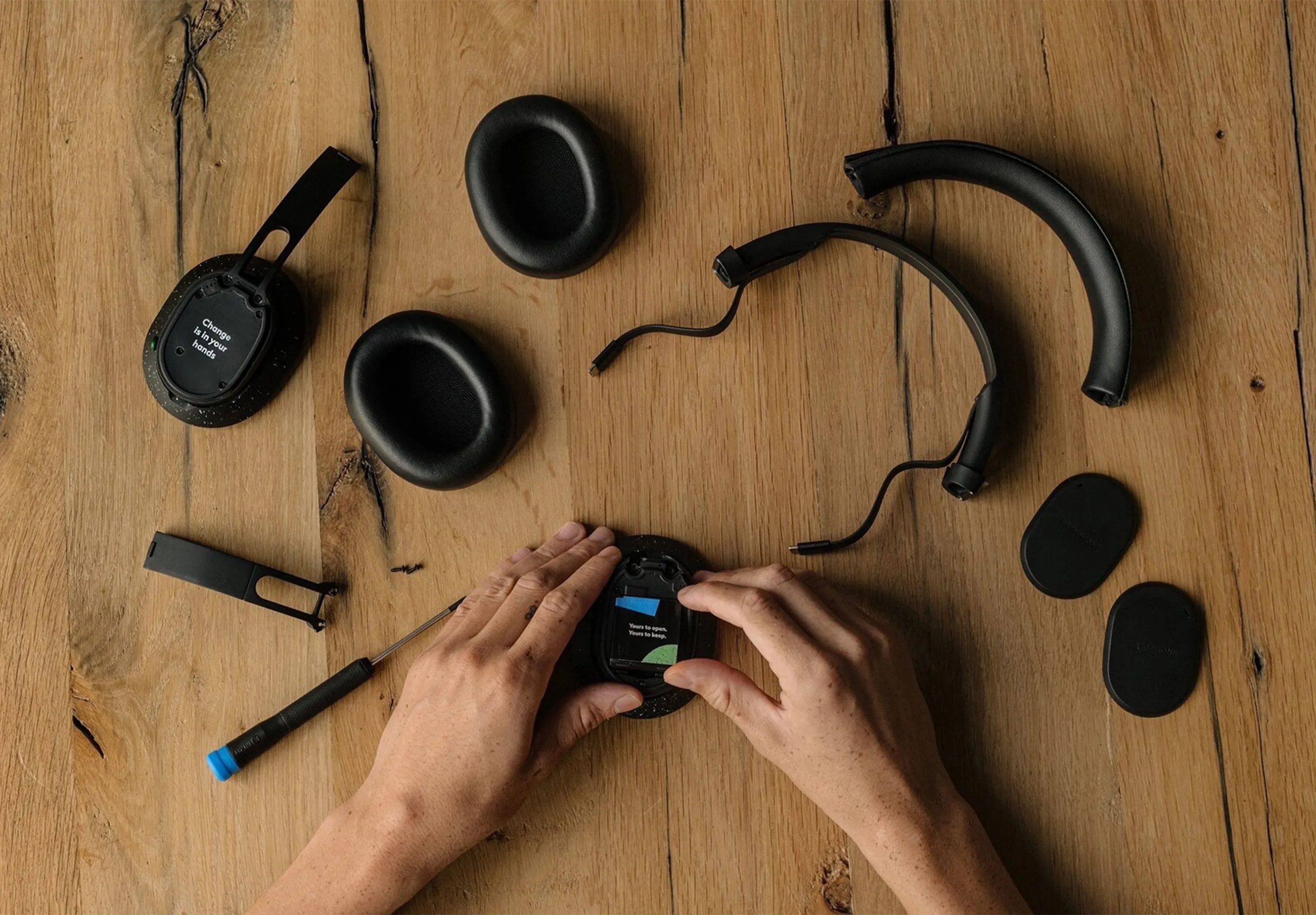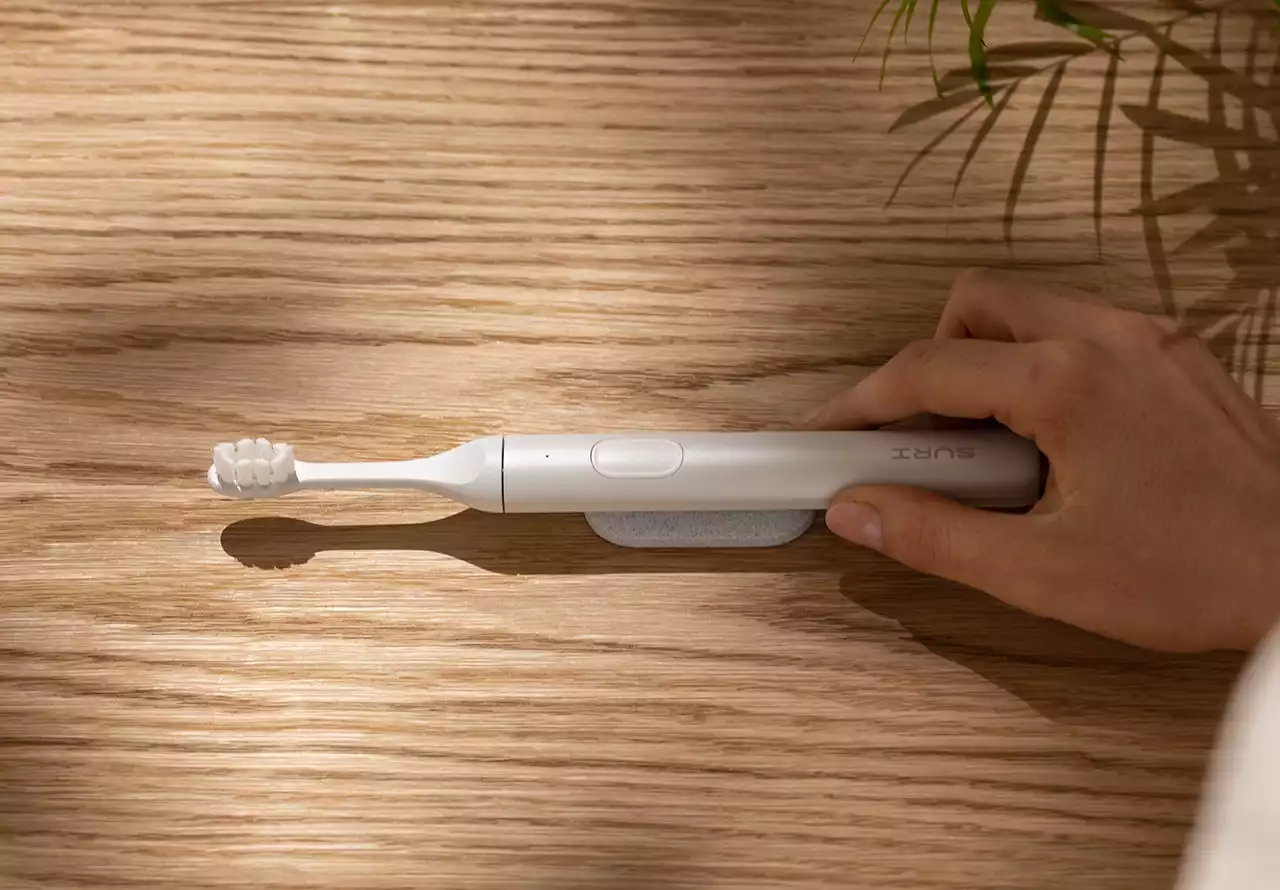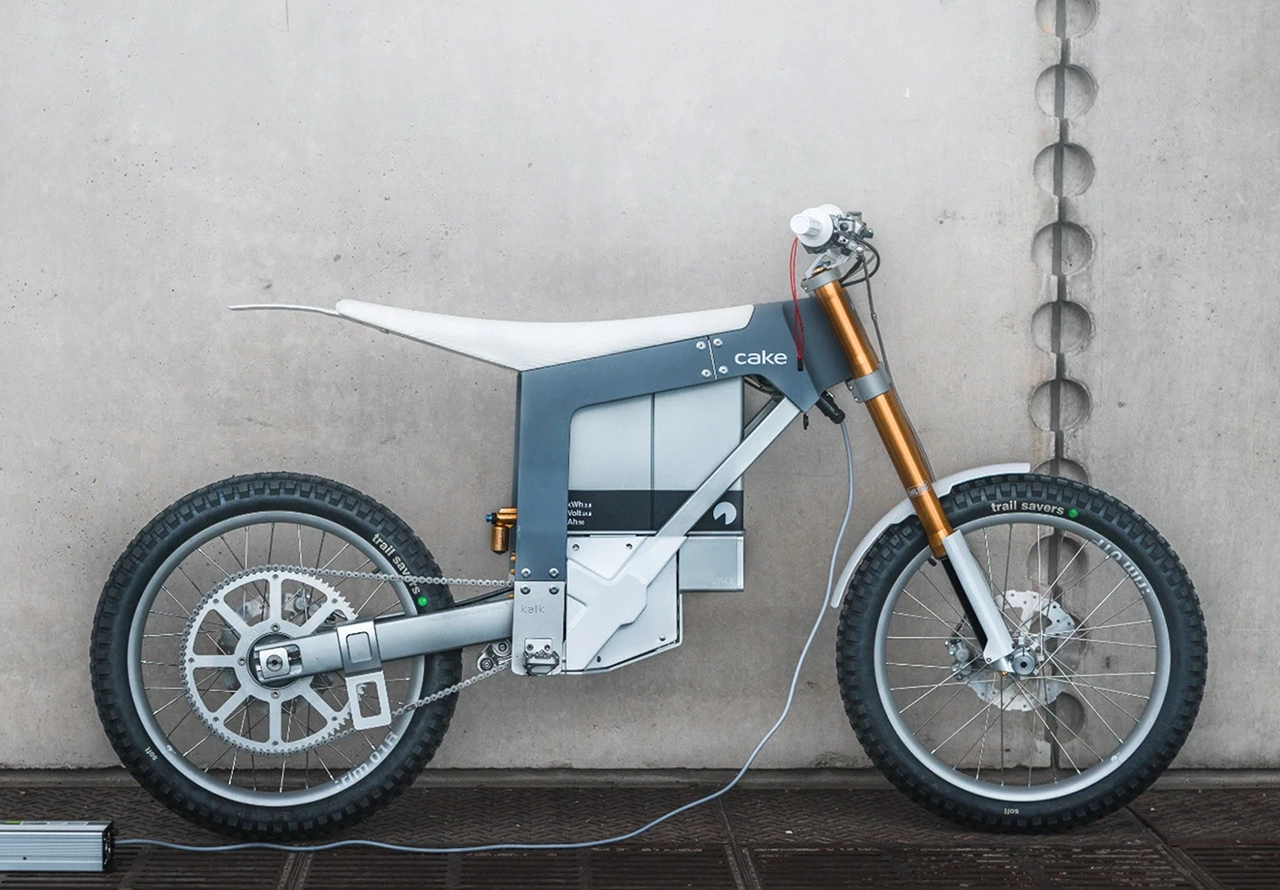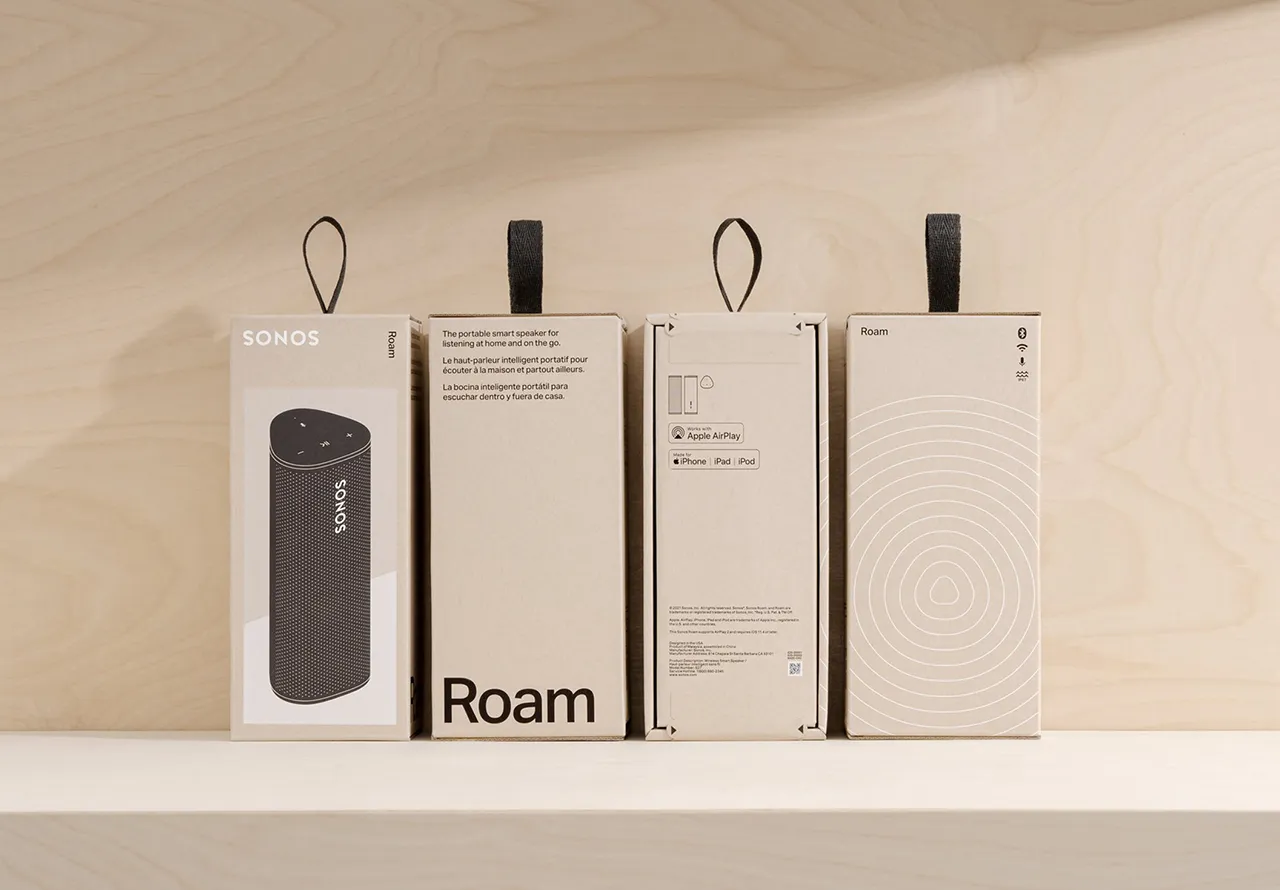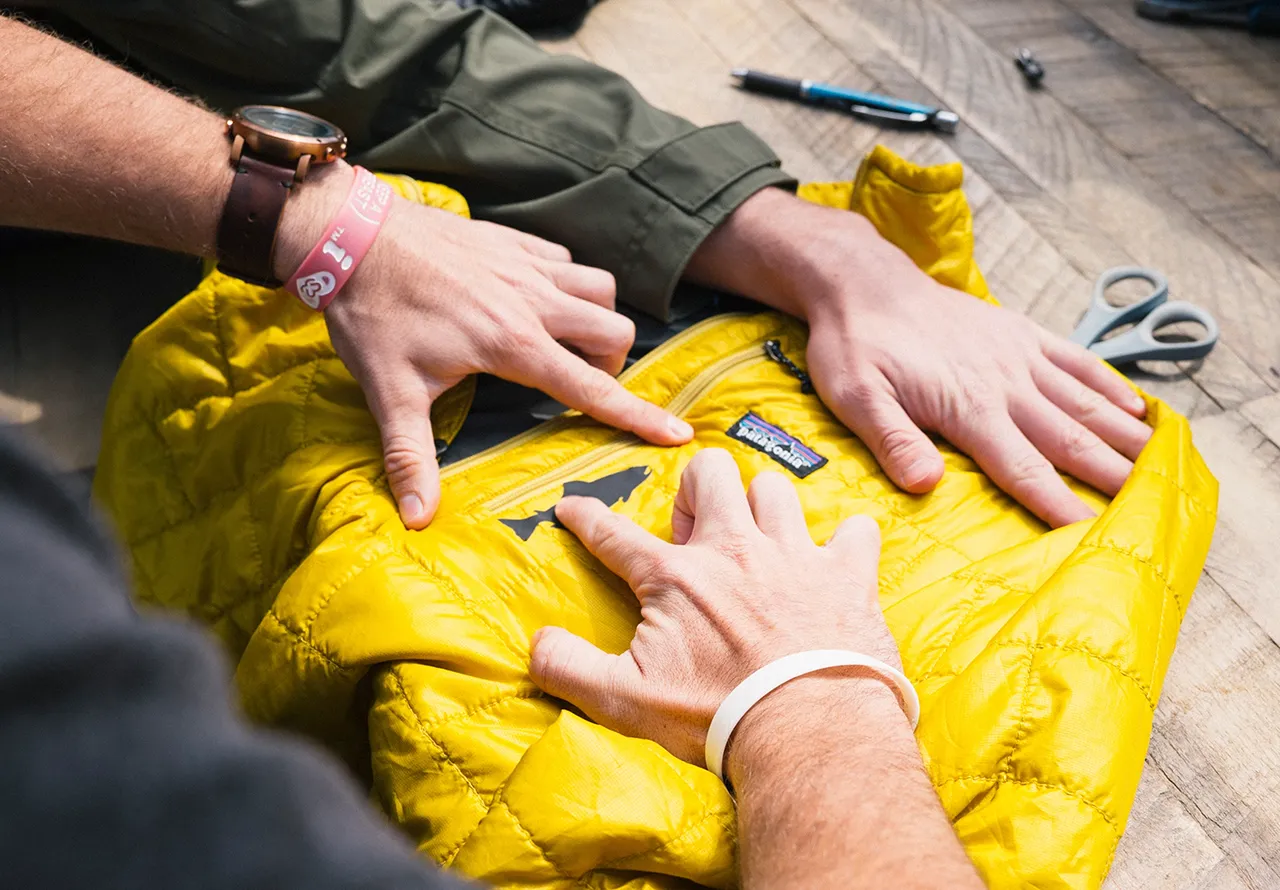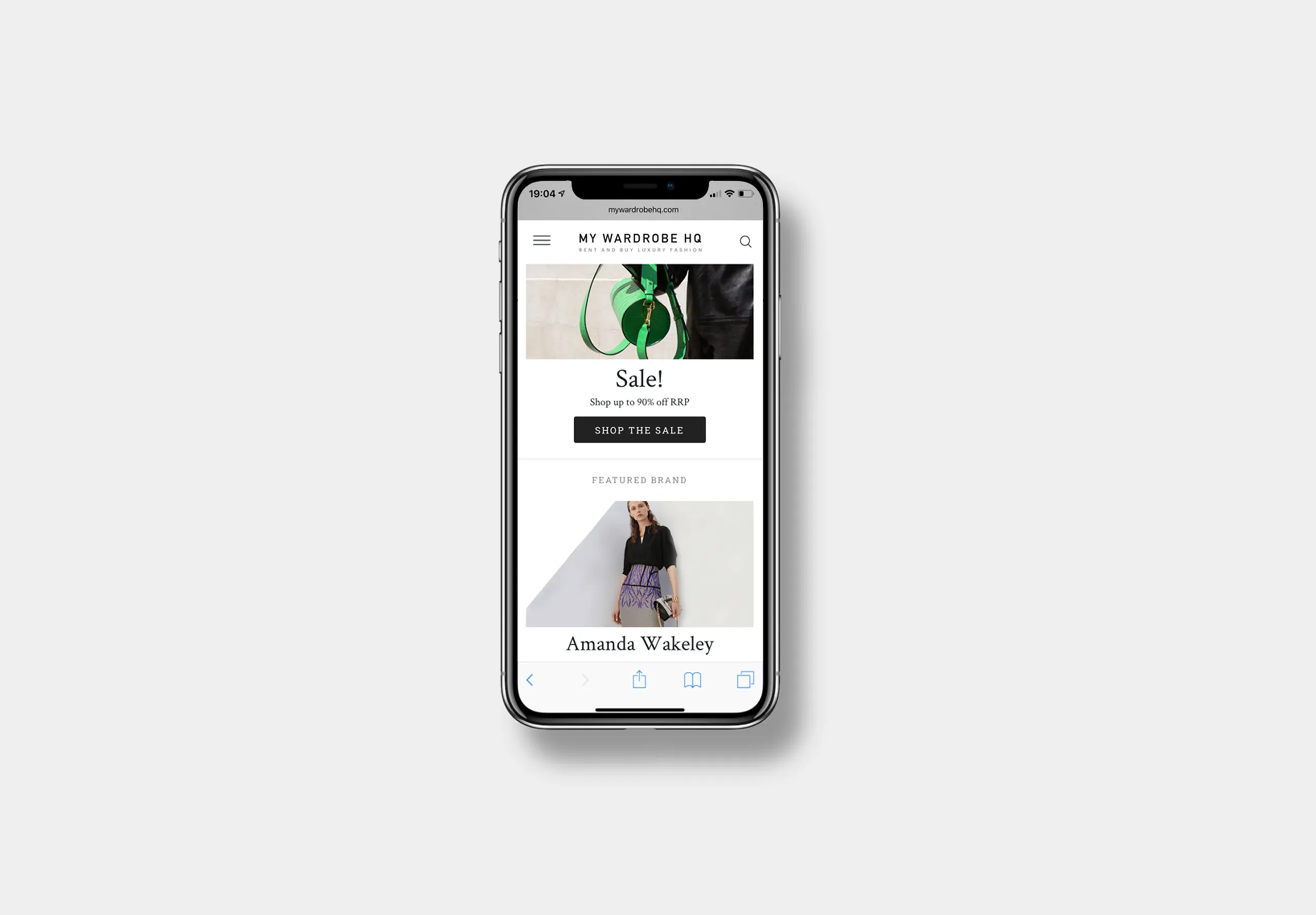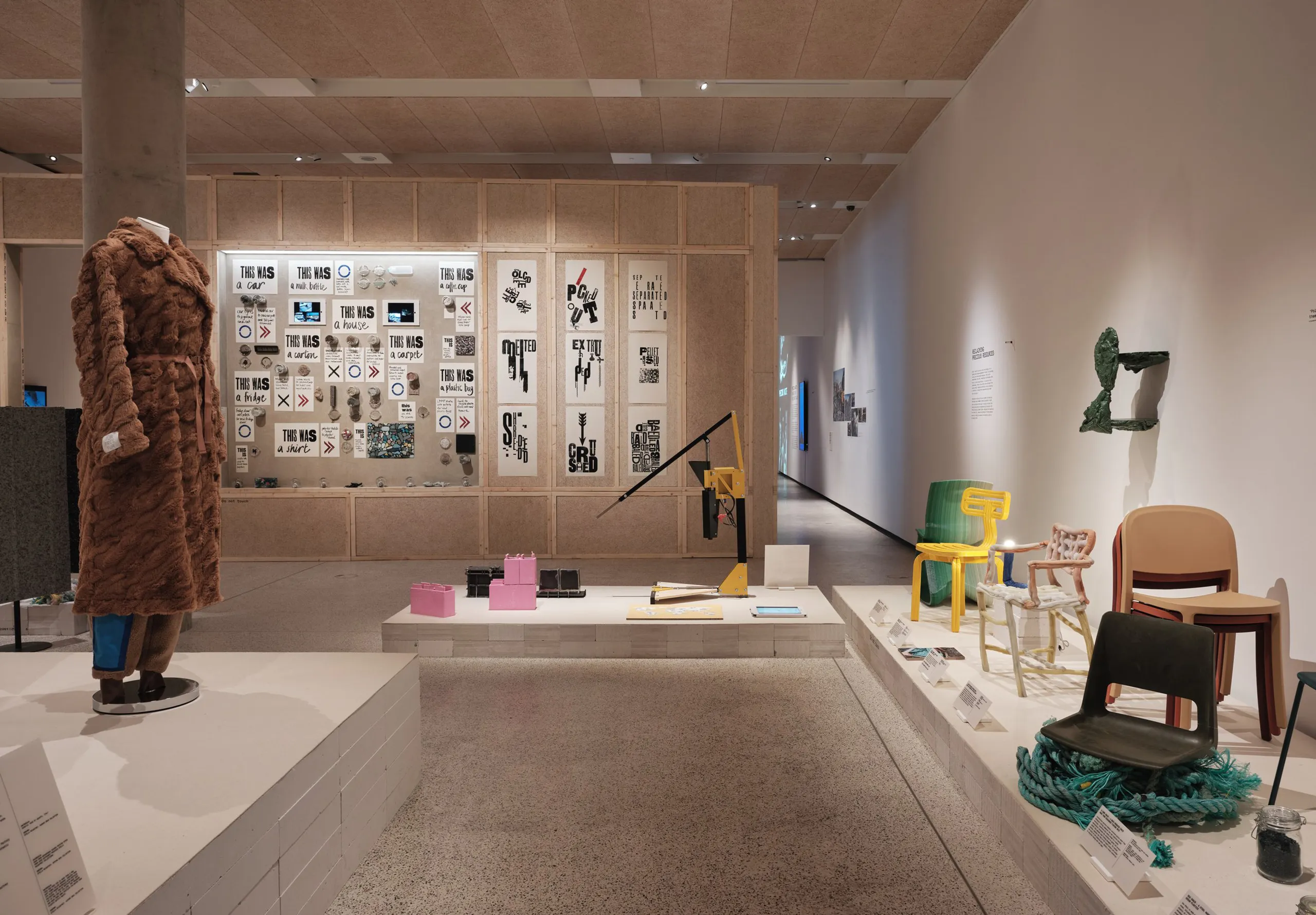Our 6 point guide to ESG innovation
Our 6 point guide is for ambitious brands looking to connect carbon reduction with customer value through strategic design. We also introduce helpful tools and strategies to allow you to measure your impact.
(10 minute read)
Short on time? Try these links
The fourth lobe
Sustainability continues to dominate headlines – and with good reason. Tightening regulations, rising consumer demand for sustainable products, and increasingly visible climate impacts are creating both pressure and opportunity for brands to act.
Yet the reality paints a different picture: in 2024, only one in six (16%) of the world’s largest companies are on track to reach net zero emissions in their operations by 2050, while close to half (45%) continue to increase their carbon emissions.
So, how can brands close the gap between ambition and action?
The answer lies in strategic design. It’s widely recognised that around 80% of the ecological impacts of a product are embedded at the design phase. It’s an empowering position for designers – but one that puts teams under the spotlight to make the right decisions early on in the process.
We have added this fourth lobe to the classic design-thinking Venn just to help our clients zero in on the need for ‘responsibility’.
What is the scale of your ambition?
To make ESG management decisions that drive impact, create a competitive advantage, and avoid ‘greenwashing,’ it’s essential to use real, objective data points.
That means setting goals that are clear, ideally overtly connected with the company’s overall brand strategy and specific to its industry, size and location.
Inevitably, such goals can be intimidating without a concrete plan in place. Breaking down your sustainable design and innovation plan into smaller objectives can help you achieve your ESG target efficiently.
Conduct a Life-Cycle Assessment (LCA)
Establish your Carbon Baseline through rigorous Life-Cycle Assessment (LCA) across your product portfolio. This data-driven approach examines the entire product lifecycle, from raw material extraction to disposal or recycling, and allows the product team to highlight the hotspots for improvement.
Equipped with this information, you’ll be able to optimise your design strategy accordingly.
What is the impact potential of each strategy?
Inevitably, factors such as business size, industry, budget and existing infrastructure will determine the potential impact of each sustainable design strategy on your business and the environment.
Some strategies may have a larger impact than others, and what may seem a small change for a budding start-up can have a colossal impact for a global corporation.
Short, medium or long?
Breaking down your carbon reduction strategy into actionable objectives lets you balance immediate regulatory needs with longer-term innovation opportunities:
Short-term (1-2 years): Focus on swift carbon reduction opportunities identified through baseline assessment, ensuring regulatory compliance while building momentum.
Medium-term (3-5 years): Explore business model innovations, such as Product-as-Service approaches, that transform regulatory requirements into customer value through design for disassembly, repair, and remanufacture.
Long-term (5-10 years): Develop regenerative practices and circular models that put you ahead of regulatory curves while creating new market opportunities.
Wholesale brand transformation?
While the appetite for a circular economy is high, it’s important to keep in mind that full-scale business transformation isn’t always necessary to achieve a substantial impact. Setting a high-impact strategy as a long-term business goal will allow you to lay the foundations for a more sustainable future, step by step.
In the meantime, mapping out your product lifecycle will enable you to identify more short-term solutions that can deliver quick but considerable wins for your brand and for the planet.
Finally, as with all design conduct pilot studies to measure impact potential, gauge customer response and analyse cost implications.
